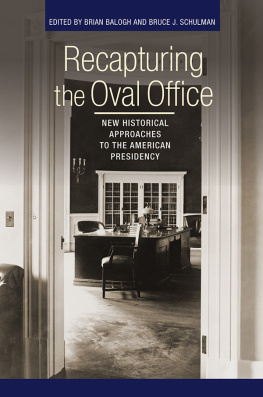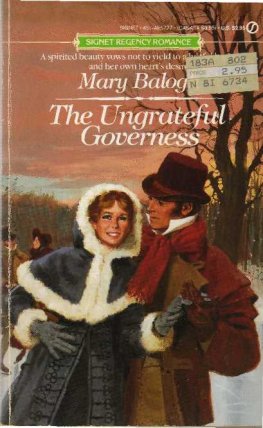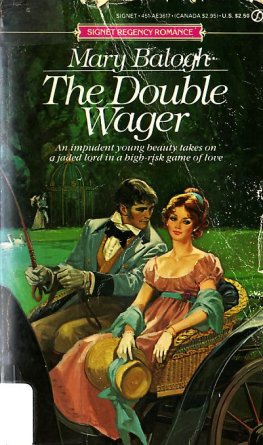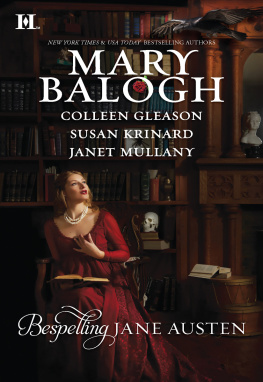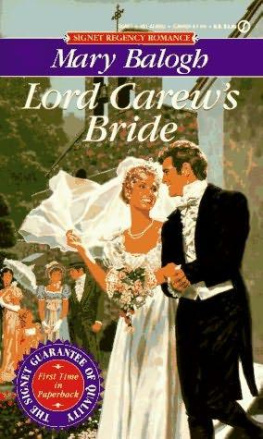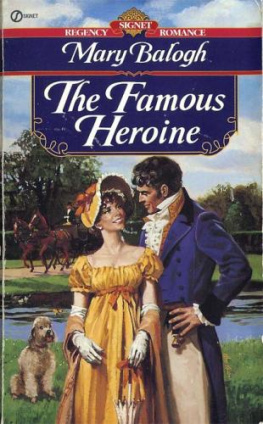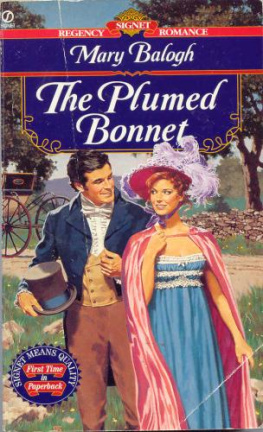The Associational State
POLITICS AND CULTURE IN MODERN AMERICA
Series Editors
Margot Canaday, Glenda Gilmore,
Michael Kazin, Stephen Pitti, Thomas J. Sugrue
Volumes in the series narrate and analyze political and social change in the broadest dimensions from 1865 to the present, including ideas about the ways people have sought and wielded power in the public sphere and the language and institutions of politics at all levelslocal, national, and transnational. The series is motivated by a desire to reverse the fragmentation of modern U.S. history and to encourage synthetic perspectives on social movements and the state, on gender, race, and labor, and on intellectual history and popular culture.
Copyright 2015 University of Pennsylvania Press
All rights reserved.
Except for brief quotations used for purposes of review or scholarly citation, none of this book may be reproduced in any form by any means without written permission from the publisher.
Published by
University of Pennsylvania Press
Philadelphia, Pennsylvania 19104-4112
www.upenn.edu/pennpress
Printed in the United States of America on acid-free paper
1 3 5 7 9 10 8 6 4 2
A Cataloging-in-Publication record is available
from the Library of Congress
ISBN 978-0-8122-4721-3
Introduction
Toward an Associational Synthesis
Americans are frustrated with government. Partisan gridlock has driven public opinion of Congress to historic lows. Budget deficits loom and the wealth gap expands. The price of homeland security requires citizens to share their homes, or at least their cell phones, with Big Brother. And a host of foreign economic competitors threaten to eclipse the American Century. Even those idealistic souls inclined to give Washington the benefit of the doubt wondered during the Obama administration if their faith had been misplaced after enduring the botched rollout of the Affordable Care Act (ACA)the most important government domestic-policy initiative since the Great Society.
Historiography does not rank high on the list of causal factors fueling this frustration. Indeed, Googles top listings for historiography link to Princeton, not Politico, CUNY rather than CNN. Yet aligning the fundamental framework that informs the interpretation of political events in the mass media with a perspective forged by cutting-edge scholarship might begin to redefine the kinds of questions that citizens ask, influencing both expectations and demands.
There was a time when scholarship did align with the network news and the New York Times. For the middle third of the twentieth century a powerful perspective on the historical evolution of politics in the United States engaged leading scholars in New Haven and the journalists writing for the New York Times, academics in Cambridge and anchormen at CBS. It was called the Progressive synthesis, and it was forged by pioneers like Charles Beard and popularized by professors like Arthur Schlesinger Jr. at Harvard, John Morton Blum at Yale, and William Chafe at Duke. The Progressive synthesis featured the march of powerful liberal presidents who represented the people against self-interested groups that hid behind conservative ideology to maintain the status quo or roll back any hint of reform. Many political historians have moved on from the Progressive synthesis, but some opinion makers in the United States (most importantly, elected officials) have not. They continue to demarcate political time and the politys future through the ideological clash of liberalism and conservatism. They measure progress toward either ideal through the discourse of big or limited government, individual initiative or collective will. The failure to infuse the nations narrative with post-Progressive scholarly interpretations contributes to some of the frustration with politics today because the analytical lens through which politics is understood does not fit the underlying structural challenges that face the nation. Nor does the old Progressive synthesis capitalize on the hybrid solutions that Americans have crafted to satisfy their insatiable demands for collective action while assuaging their enduring fears of big government.
The battle over the ACA epitomizes this dilemma. Pundits raged over the governments power grab (Fox News) or the failure to procure a unitary payer system (MSNBC). Yet the ACA illustrated Americas historical commitment to combining federal financing with voluntary and private-sector mechanisms to deliver health care. Lost in the liberal versus conservative framework was the history of conservative business interests acknowledging that the private sector could not profitably finance care for Americas elderly, for instance, and the history of liberal administrations turning to the voluntary and the market sectors to administer the resulting Medicare program. Such public/private partnerships have been the norm for much of American history, and a long line of historians has documented this genealogy. Yet the manner in which these associations were forged and the ways that they evolved have not been expressed in the popular lexicon. Oblivious to this history, elected officials do battle with straw men rather than focusing on the hard work of ensuring the proper balance between government oversight of institutions on the one hand, and autonomy for the intermediaries that citizens historically have preferred over the state, on the other handfrom private physicians to Blue Cross and Blue Shield, to for-profit insurance companies and hospitals. Nor have citizens fully appreciated who wins and who loses as long as the nations political history is framed along ideological rather than more materially based perspectivesfrom class and occupation to demographics and region to technological disruption.
I hope that the essays in this book will provide a historical interpretation that speaks to opinion makers as the Progressive synthesis once did, a perspective that explains political phenomena that shape citizens lives today. Scholars have dismantled virtually every component of the Progressive synthesis, but they have failed to do the one thing that might displace that easy story as the nations guide to its own history. They have failed to aggregate our case studies and theoretical insights into a perspective that is designed to travel from the ivory tower to Main Street. We must strive to align the exciting interpretations of political history that have displaced Beard and Schlesinger with the mass medias headlines that remain frozen in time and that explain less and less each decade.
Alignment does not mean capitulation. By the turn of the twenty-first century, as liberalism explained less and less, some scholars turned to what looked like a new framing device, conservatism, in order to treat much of the political action that had been neglected, from tax revolts to the rediscovery of religious motivation in politics. At a time of increasing partisan rancor and the proliferation of media outlets arrayed along ideological lines, historicizing the ideological debate and linking it to critical elections comported with headlines and tweets. But did focusing on conservatism instead of liberalism constitute a new approach to understanding our history?






